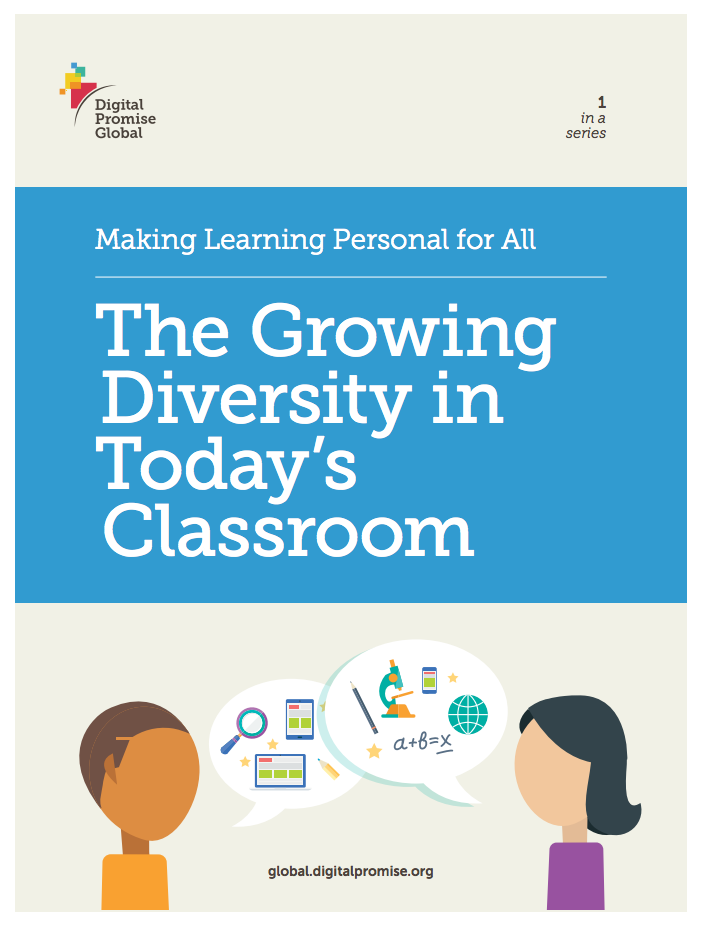

Personalized learning—learning that is connected to each individual’s development, background, interests, and experiences—provides an approach that broadly and equitably supports educators’ efforts to empower learners as individuals. Personalized learning offers a path to effectively support the growing diversity of the population
of students by understanding how individual learners learn best and actively engage, motivate, and inspire them with the right resources at the right time, in the right medium, and at the right pace.
Technological innovations over the past decade now make meaningful personalization possible, but we can only personalize based on what we know about the learner. Current models that drive personalization remain overly simplistic and are rarely based on research. These over-simplified models risk driving personalization in a way that leaves diverse learners behind.
Without changes, the social and economic disparities and achievement gaps of people who historically are underserved will persist and grow, and we will be at risk of marginalizing more and more students.
 Download file:
Download file: